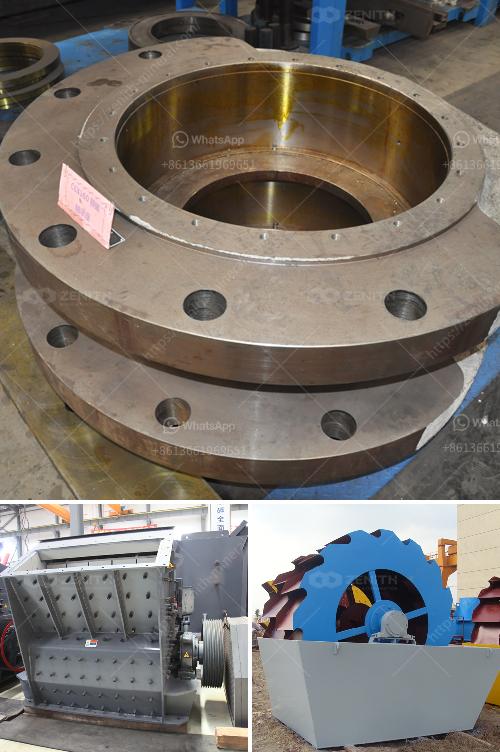The process of crushing iron ore involves several stages to reduce its size and prepare it for further processing. Here's a brief overview:
Primary Crushing: Large chunks of iron ore are fed into a jaw crusher, which uses compressive force to break the ore into smaller pieces, typically around 10-20 cm in size.
Secondary Crushing: The primary crushed iron ore is further reduced in size by a cone crusher or impact crusher, resulting in smaller particles, usually around 1-2 cm.
Screening: After secondary crushing, the ore is usually screened to separate fine particles from larger ones. Larger particles may be returned to the secondary crusher for further reduction.
Tertiary Crushing: In some cases, the ore undergoes a third stage of crushing, using high-pressure grinding rolls (HPGR) or other methods, to achieve the desired size, often less than 1 cm.
Conveying and Stockpiling: The crushed iron ore is then transported by conveyors to be stockpiled or directly moved to the next processing stage, such as beneficiation or pelletizing.
These stages may vary depending on the ore's hardness, the desired final product size, and the specific needs of the processing plant.
